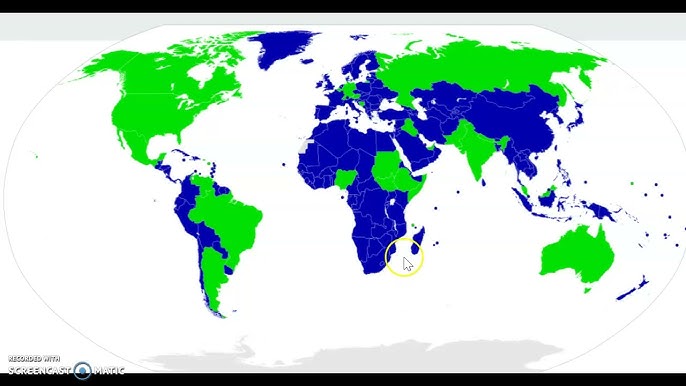Exploring Relocation Diffusion: How Migration Shapes Cultures Across the Globe
Relocation diffusion is a fundamental concept in human geography that explains how cultural traits, ideas, and innovations spread through the physical movement of people. This post delves into the mechanics of relocation diffusion, its differences from other forms of cultural spread, and its profound impact on global cultural landscapes.
What is Relocation Diffusion?
Relocation diffusion occurs when individuals or groups move from one location to another, bringing their cultural practices, beliefs, and innovations with them. This type of diffusion is a direct result of migration, whether voluntary or forced, and plays a crucial role in the cultural transformation of both the emigrants’ new and old locales.
Key Characteristics of Relocation Diffusion
Migration as a Mechanism
- Migration is the primary driver of relocation diffusion. People move for various reasons including economic opportunities, conflicts, and environmental factors, and they carry their culture with them.
Contrast with Expansion Diffusion
- Unlike expansion diffusion, where cultural traits spread while remaining strong in their origin, relocation diffusion often leads to the weakening or disappearance of certain cultural traits in their original location as people leave.
Examples and Impacts
- The spread of languages, religions, and agricultural practices are classic examples of relocation diffusion. As people settle in new areas, they introduce elements of their culture to new neighbors, influencing local customs and traditions.
The Role of Migration in Cultural Diversity
Migration serves as a catalyst for introducing new cultural elements to established communities, fostering a dynamic environment of cultural exchange and diversity. This blending of cultures contributes to the social and cultural richness of communities, promoting a global exchange of ideas and practices.
Long-term Effects on Society and Culture
Globalization and Cultural Identity
- In the context of globalization, relocation diffusion has profound implications for cultural identity and societal norms. Migrants often create unique, blended communities where multiple cultural perspectives coexist, influence each other, and sometimes clash.
Cultural Landscape Transformation
- The introduction of new cultural traits can dramatically alter the cultural landscape of a region, affecting everything from cuisine and language to social norms and religious practices.
Examples from History and Modern Day
Historical Migrations
- Historical events such as the Great Migration in the United States and the diasporas of various ethnic groups worldwide serve as examples of how relocation diffusion has shaped cultural identities and societal structures in diverse ways.
Modern Implications
- In today’s interconnected world, relocation diffusion is more visible than ever with the widespread movement of people facilitated by globalization. This is evident in urban settings particularly, where diverse cultural groups contribute to the multicultural makeup of cities.
Conclusion: The Continuous Impact of Relocation Diffusion
Relocation diffusion is not just a historical phenomenon but a continuous process that affects social, cultural, and economic aspects of global societies. Understanding this process helps explain how cultures evolve and adapt in response to human migration, providing insights into the complex dynamics of cultural change.
Related Concepts
- Migration: Movement of people and the primary driver of relocation diffusion.
- Cultural Exchange: The process through which different cultures share, mix, and influence each other’s practices.
- Transnationalism: Migrants maintaining active connections across borders, further influencing cultural diffusion.



 4.1 Attribution Theory and Person Perception: Why We Judge People the Way We Do (Even When We’re Totally Wrong) Let’s be honest. We’ve all
4.1 Attribution Theory and Person Perception: Why We Judge People the Way We Do (Even When We’re Totally Wrong) Let’s be honest. We’ve all



